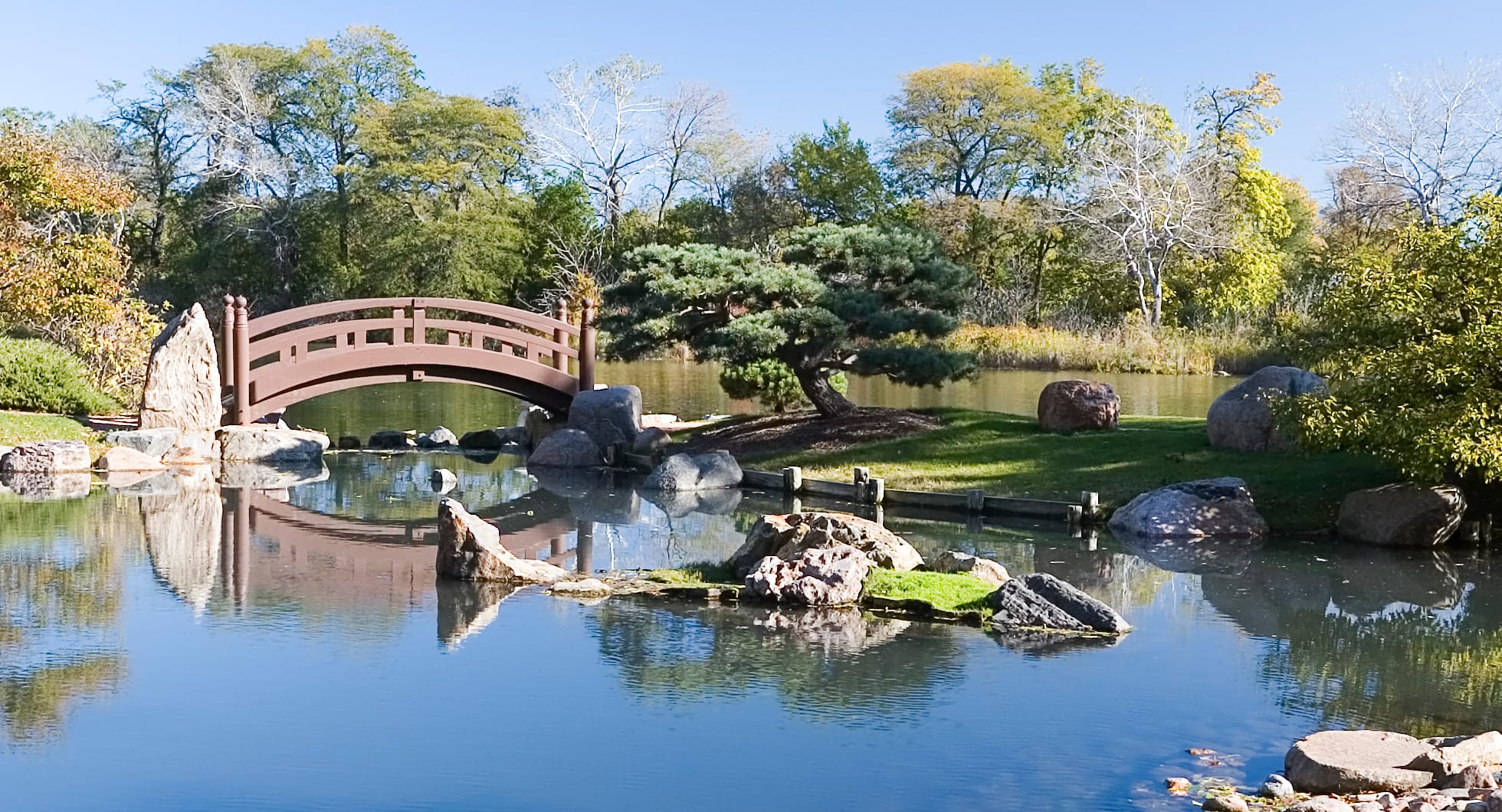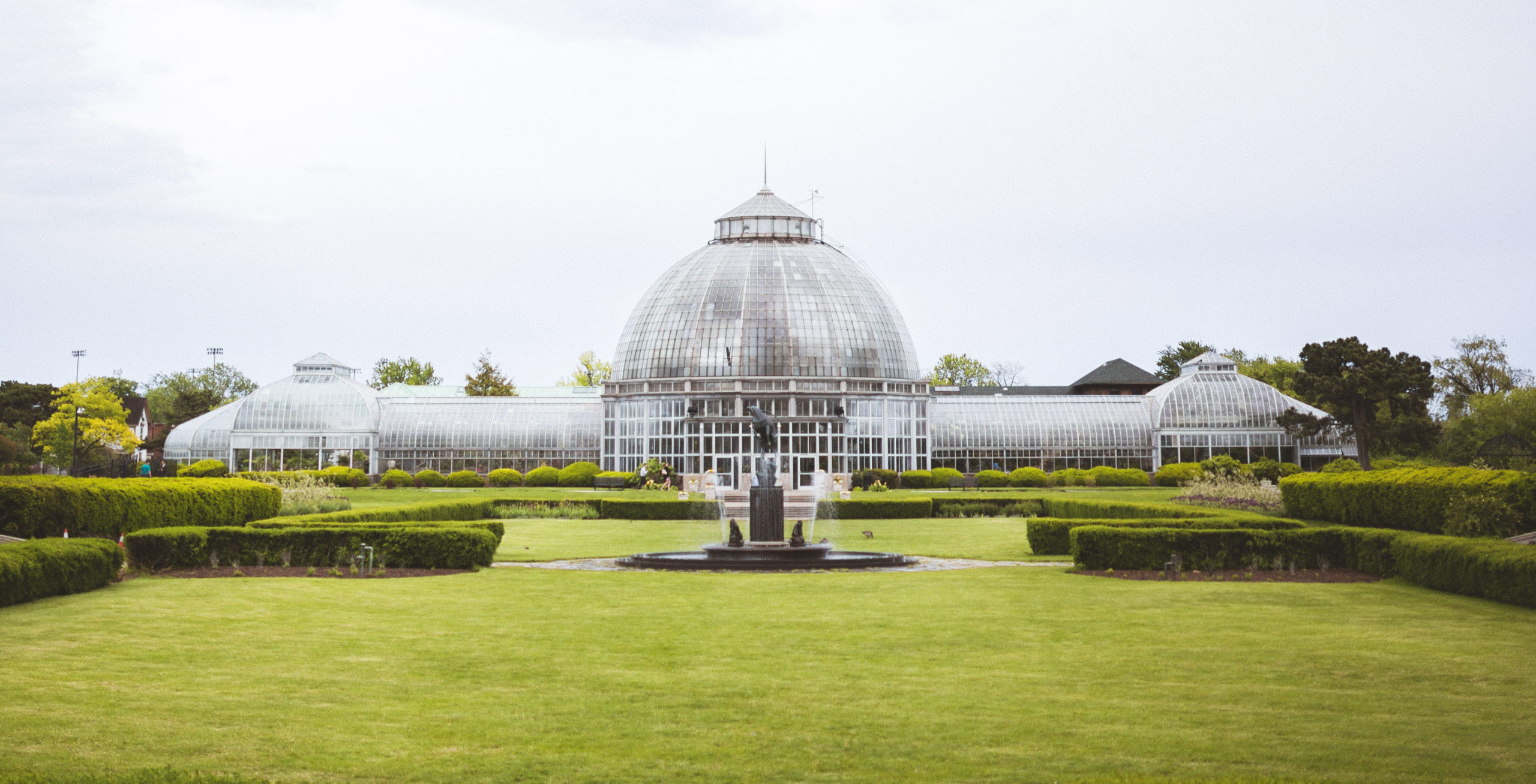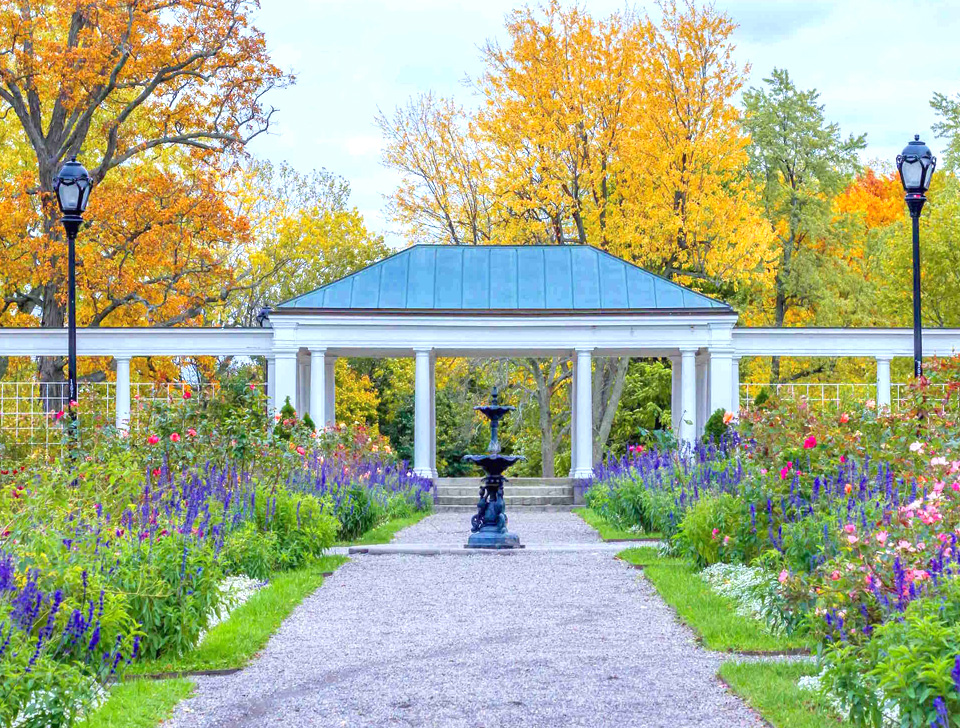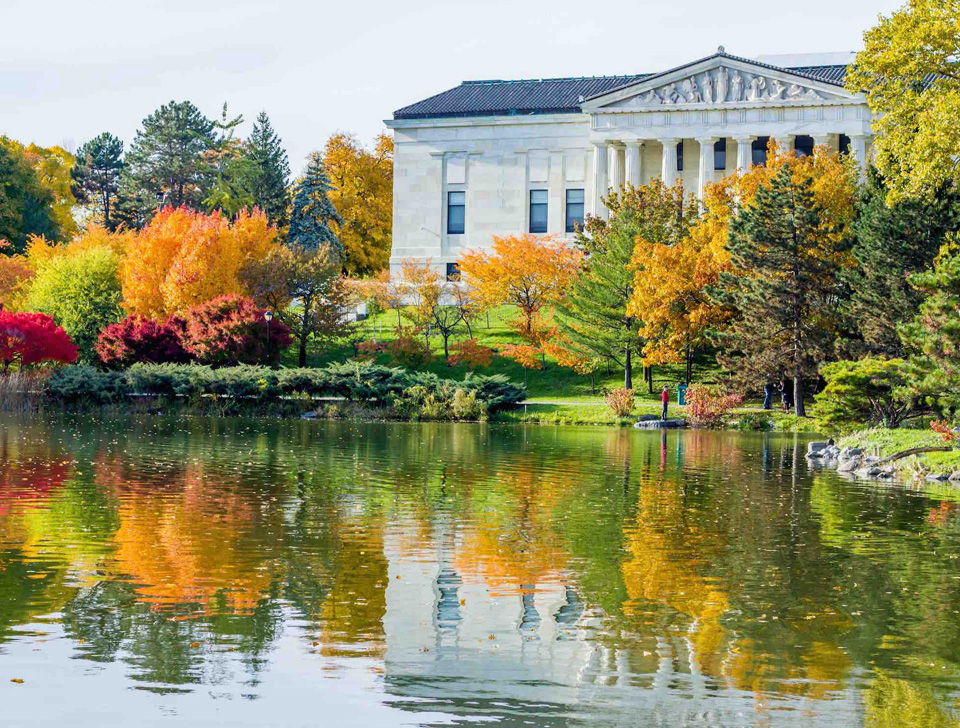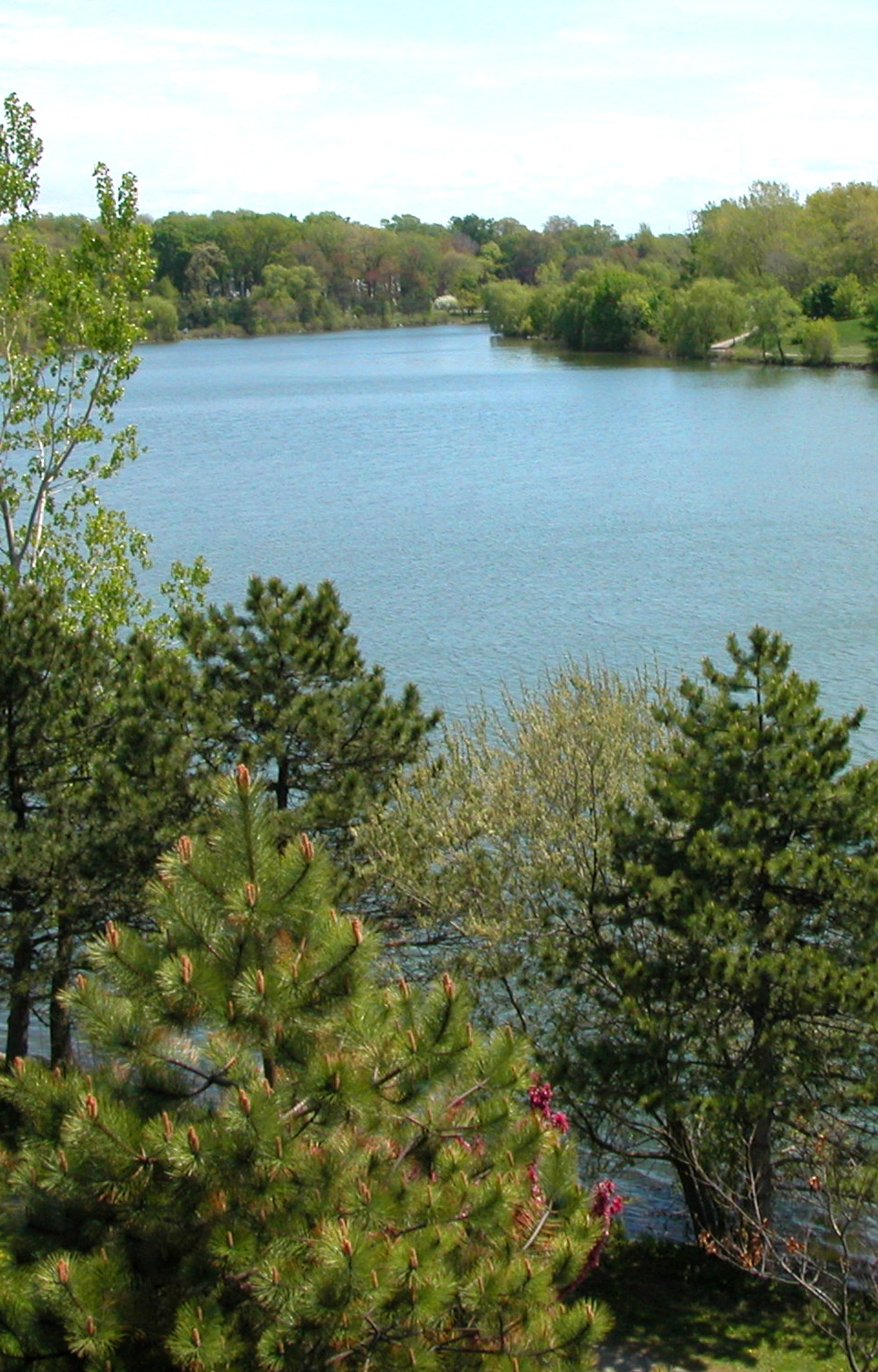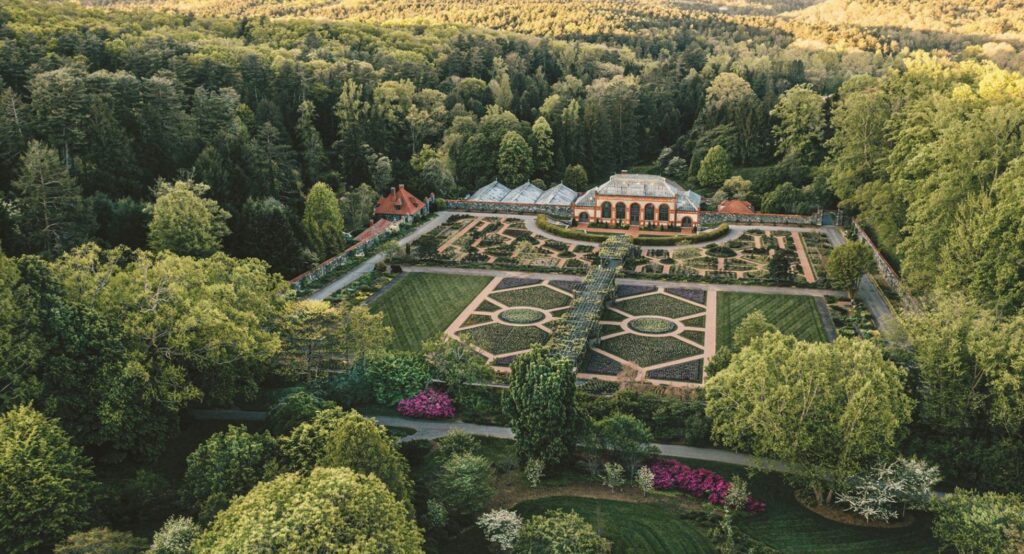
Work
Career & Projects
A 19th-century innovator who shaped the American landscape.
After nearly two decades of diverse experiences, in 1865, Olmsted turned full-time to the practice of landscape architecture. That year, he returned to New York from California to finish Central Park and to design Prospect Park with his business partner, Calvert Vaux. Over the next 30 years, Olmsted created hundreds of designs, literally defining the field of landscape architecture and illustrating the many ways it could improve the human condition. In his work, and over the course of his career, he employed “key principles” that shaped his design.
Although we think of Olmsted as a park maker, in fact, Olmsted designed every kind of landscape, including parks and parkway systems, diverse recreation areas, college campuses, urban and suburban areas, planned communities, cemeteries and specialized landscapes for arboreta and expositions.
In so doing, he advanced the democratic value of public spaces and the capacity for nature to unite people and improve public health.
Landscape Architect
Olmsted was the first to use landscape architect as a professional title. He believed landscape architecture was more than a craft: it was a work of art. Its purpose was to affect the emotions based on fundamental principles of human psychology:
- The large urban park offered beautiful and “restorative” scenery to counteract the stress of urban life.
- The “parkway” presented a wide urban greenway allowing different modes of transportation to extend the benefits of public greenspace throughout the city.
- The park system offered a wide range of healthful recreation facilities for all residents.
- The scenic reservation protected areas of special scenic beauty from destruction and commercial exploitation.
- The residential suburb separated work from home to create a sense of community and a setting for domestic life.
- The private residence honed the aesthetic sense through gardening and created open-air apartments that would allow more outdoor activities.
- The institutional campus presented a domestic scale for buildings that would help foster community.
- And the grounds of government buildings could ensure efficient use and dignity of appearance.
Olmsted developed a distinctive design approach. Learn about them here.
Park Maker
In the course of his career, Olmsted designed 100 public parks and recreation grounds, ranging from Central Park in New York City and Prospect Park in Brooklyn to the Emerald Necklace in Boston, Jackson Park in Chicago, and the park systems of Louisville, Rochester and Buffalo.
Parks were to provide city dwellers “a sense of enlarged freedom” and to be restorative in nature, working unconsciously to contribute to people’s well-being. Gently curving paths, an expanse of meadow, an indefinite boundary of trees and gracefully contoured terrain were, to Olmsted, essential pieces of a public park.
“We want a ground to which people may easily go after their day’s work is done, and where they may stroll for an hour, seeing, hearing and feeling nothing of the bustle and jar of the streets, where they shall, in effect, find the city put far aware from them.” – Frederick Law Olmsted (1870)
Parks also needed to provide “for the human presence.” They were to function as a public square where people from all backgrounds could come together. By designing extensive systems of discrete walks and drives, Olmsted provided access to all — whether by foot, horse or carriage — for safe, uninterrupted pleasure.
In turn, parks should define specific spaces for specific activities: some for civic gathering and entertainment, others for music or simple strolling. Active sports were allowed, but only at a distance from the principal park to ensure the landscape experience was undisturbed.
City and Regional Planning
In places like Essex County, NJ, and Boston, MA, Olmsted and his acolytes began to ignore municipal boundaries altogether as they pursued an expansive regional design, tying their plans to natural systems and connecting communities through a network of parks and playgrounds and transportation corridors.
What was new — and visionary — about city planning was its scale and ambition. This was not a small-bore design exercise — this was looking at the big picture. Olmsted sought creative collaboration from horticulturists, engineers, architects and more. The World’s Columbian Exposition in 1893 was an extraordinary example of collaborative design. So, too, was the McMillan Commission, where Frederick Jr. assumed his father’s role as it developed a comprehensive plan for the nation’s capital. The Olmsteds helped birth a new profession — city planner — as towns and cities across the country developed comprehensive city plans.
“Communitiveness”
In 1863, the Civil War raged, along with cultural and racial divisions— divisions that had first consumed Olmsted in the 1850s when he traveled the American South. Experiencing what he considered to be a fractured and brutish frontier society during his trip to California, he gradually developed a philosophy known as “communitiveness” — exploring, in particular, the role landscape architecture could play in improving the human condition.
Communitiveness required persons “to serve others and to be served by others in the most intimate, complete and extended degree imaginable.”
In pursuit of communitiveness, a landscape was not just beautiful, it was essential. Parks and open space allowed beleaguered city dwellers to be restored so that they might devote themselves to the welfare of others. Parks contributed to mental and physical health, and by doing so, helped to develop the web of connections that make community possible. They were, said Olmsted, “the most valuable of all possible forms of public places.”









